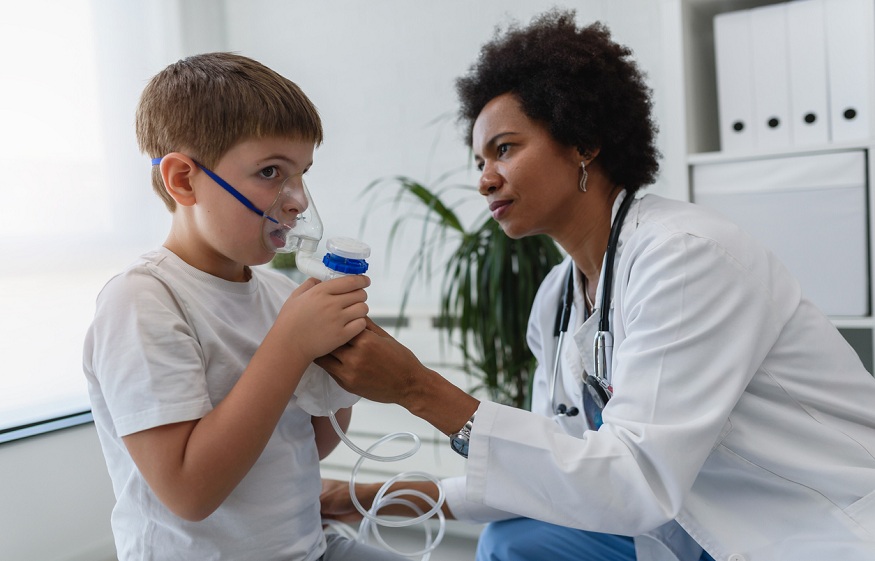Paediatric emergency medicine is a specialized field of medicine that focuses on providing urgent and immediate medical care to children in emergency situations. When children experience sudden illnesses, injuries, or acute medical conditions, paediatric emergency medicine professionals are trained to deliver prompt and appropriate care to ensure the best possible outcomes.
In this blog post, we will explore the importance of paediatric emergency medicine and discuss how it plays a vital role in providing urgent care for kids.
-
Unique Needs of Pediatric Patients
Children have unique physiological and developmental needs that require specialized attention in emergency situations. Paediatric emergency medicine professionals understand the intricacies of pediatric physiology and are trained to assess and manage conditions specific to children. From newborns to adolescents, these experts are knowledgeable about the age-appropriate interventions, dosages, and diagnostic considerations necessary to provide effective and safe care to children in emergency settings.
-
Rapid Assessment and Stabilization
When a child presents with a medical emergency, time is of the essence. Paediatric emergency medicine teams are skilled in rapid assessment and stabilization of critically ill or injured children. Through thorough physical examinations, diagnostic tests, and clinical judgment, they quickly identify the nature and severity of the condition and initiate appropriate interventions to stabilize the child’s condition. This timely response can make a significant difference in the outcome and prognosis of the child.
-
Wide Range of Conditions
Paediatric emergency medicine professionals encounter a wide range of conditions and emergencies in their practice. These may include respiratory distress, allergic reactions, seizures, trauma, fractures, burns, poisoning, acute infections, and many other acute medical conditions. Their expertise allows them to promptly diagnose and manage these diverse emergencies, ensuring that children receive the appropriate treatment and care for their specific condition.
-
Collaborative Approach to Care
Paediatric emergency medicine is a team-based approach that involves collaboration among various healthcare professionals, including emergency physicians, paediatricians, nurses, respiratory therapists, and radiologists, among others. The collaborative nature of paediatric emergency medicine ensures that children receive comprehensive and coordinated care in a time-sensitive manner. Each member of the team contributes their expertise to ensure the best possible outcome for the child.
-
Child-Friendly Environment
Children may experience fear, anxiety, and distress during emergency situations. Paediatric emergency departments are designed to create a child-friendly and comforting environment. Child life specialists are often present to provide emotional support, distraction techniques, and age-appropriate explanations to help alleviate the child’s anxiety and ensure their cooperation during procedures or treatments. The emphasis on creating a child-friendly environment promotes a positive experience for both the child and their caregivers.
-
Education and Injury Prevention
Paediatric emergency medicine professionals play a vital role in educating families and the community about injury prevention and safety measures. They provide guidance on topics such as car seat safety, childproofing homes, water safety, and preventive measures to reduce the risk of accidents and injuries. By raising awareness and promoting injury prevention strategies, paediatric emergency medicine professionals strive to minimize the occurrence of emergencies and protect the well-being of children.
-
Continuous Learning and Adaptation
Emergency medicine is a constantly evolving field, and paediatric emergency medicine is no exception. Paediatric emergency medicine professionals stay updated with the latest advancements, guidelines, and research in their field to deliver the most current and evidence-based care. They participate in ongoing training, simulations, and continuing education to enhance their skills and adapt to emerging trends in emergency care for children.
Conclusion
Paediatric emergency medicine plays a crucial role in providing urgent care for children in emergency situations. With their specialized knowledge, rapid assessment and stabilization skills, collaborative approach, and child-friendly environment, paediatric emergency medicine professionals ensure that children receive the prompt and appropriate care they need during critical moments. Their dedication to continuous learning and injury prevention contributes to safeguarding the well-being of children and promoting optimal outcomes in emergency care.




